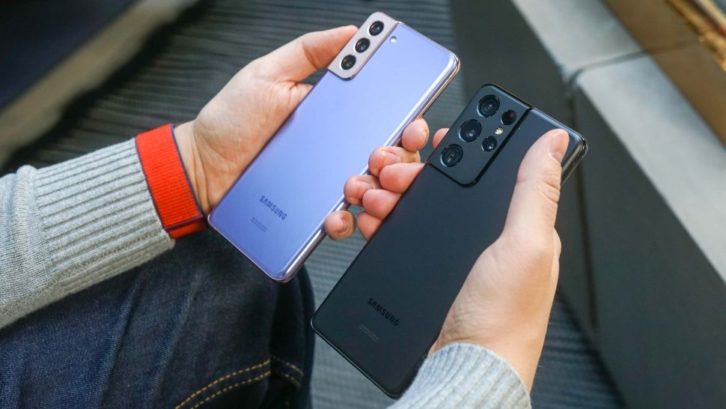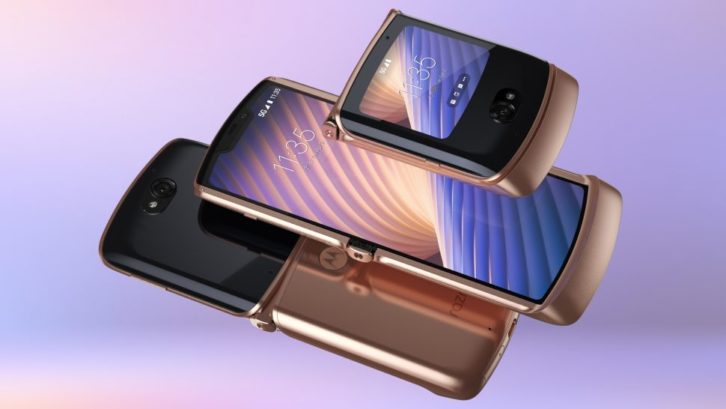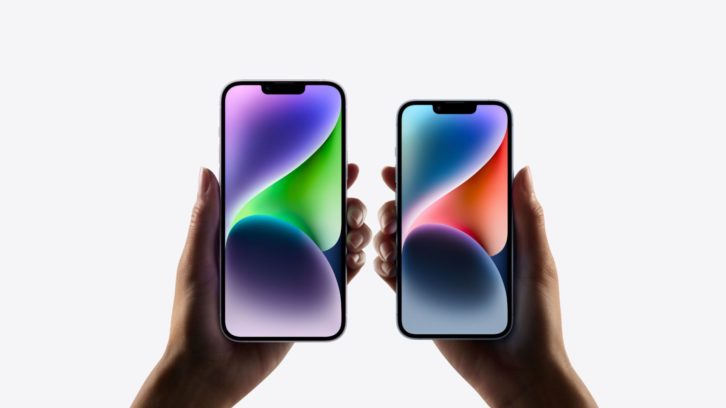
Psst! Hey, you, consumer technology retailer. Wanna sell smartphones?
Yes, smartphones are still the best-selling consumer electronics devices, but the business isn’t exactly booming anymore. U.S. unit smartphone shipments have steadily declined from 140 million units in 2022 to a projected 124 million this year according to Statistica, which projects a further erosion to 106 million units in 2027. “Carriers have cautioned on seeing growth for the next several quarters,” warns Hanish Bhatia, Counterpoint’s associate director of devices and ecosystem.
Smartphone sales in the U.S. are largely monopolized by post- and pre-paid carriers. But the convergence of unique market conditions may be good news for non-carrier retailers who have hungered to get into the smartphone-selling business.

Carriers use a combination of subsidies, multi-year payment plans, and, most importantly, trade-ins, to make the premium-priced phones that dominate the U.S. market affordable. But as more and more old phones are traded in, as new handset sales continue to slide, as new devices seem suspiciously just as good as last year’s models prompting consumers to hold on to their devices longer – suddenly, there’s a glut of refurbished phones in the U.S.
To alleviate this refurbished phone glut, “a lot of devices traded-in in the U.S. are shipped off to Europe or to Japan or even might even go to Africa or to a different region,” reports Canalys analyst Runar Bjørhovde, “and there’s a very, very good business around it.”
How big? According to Nabila Popal, IDC worldwide device trackers research director, global sales of refurbished smartphones is growing by 11% year-over-year, and projects global sales of refurbished phones will reach 416 million units annually by 2026 with a value close to $100 billion.
U.S. buyers are hungry to buy cheaper used phones, too. More than 60% of a recent IDC study said they have either bought a refurbished phone or are open to buying one. Refurbished phones are “definitely something consumers are looking for,” Nabila reports, “so I think the more shops that sell them, the better.”
With the added opportunity presented to electronics retailers by Apple caving in on Right to Repair legislation, the door is open “for any independent retailer to take on [refurbished smartphones],” agrees Bjørhovde.

Foldables and Feature Phones
Refurbished phones won’t be the only robust smartphone sales segment in 2024. While not reaching anywhere near the number of used phones, sales of sexier foldable phones will continue hockey stick growth in 2024. Canalys says that foldables represented 12% of U.S. smartphone shipments in Q3. For 2024, IDC projects 48% YoY global foldable growth and a five-year 36.7% CAGR.
One particular new model might disrupt the U.S. foldable market more than any other: Motorola’s Razr 2023, the first “affordable” foldable priced at $600 when it first hit carrier shelves in October, which might prompt – or force – other vendors to lower foldable prices.
But are foldables still “the next big thing” vendors have hoped they’d be, or are they a passing trend, a niche product with a limited sales ceiling?
“Certainly when the price point comes down, [foldables] will spread a bit more,” observes Bjørhovde. “But I thought the strategic idea behind [foldables] was trying to create some excitement and tempt Apple users to come over. But when I look at our numbers, Apple’s market share has not been challenged in any way, which is why I also think that Apple doesn’t need to launch a foldable phone.”

Apple’s Continued American Market Dominance
If anything, the iPhone’s popularity in the U.S. has not diminished, holding fast to a 55% market share. Samsung, Apple’s biggest U.S. smartphone challenger, has seen its market share slowly slide from 24% in Q3 2022 to 22% in Q3 2023 according to most analysts.
Budget phone smartphone sellers Motorola and TCL, which is likely to start selling its new sub-$300 color e-ink display equipped TCL 40 Nxtpaper and 40 Nxtpaper 5G in the U.S. sometime in early 2024, are attempting to make deeper inroads into the U.S. market. It is Google, however, with its near-premium Pixel phones that seems to have a plan to battle Apple.
But, “while having its eyes on long-term end-user shares, Google must be careful not to take out other Android vendors,” Bjørhovde warns. “This is already causing apprehension among other Android players, particularly vendors who are dependent upon short-term success to fund long-term investments. Finding a sweet spot between Android and Pixel will be critical for Alphabet to keep its vendor partners committed.”
See also: Allstate Protection Plans Tests Durability Of Year’s Priciest Phones













